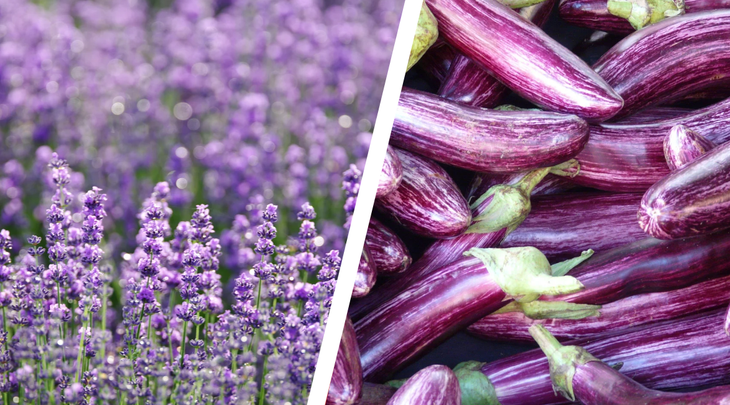
Purple is very poetic, mysterious and… not in the light spectrum - Photo: AI
We see purple everywhere: lavender, amethyst, eggplant, purple butterflies... But here's the interesting thing: purple doesn't appear at all in the visible light spectrum, the part of light that the human eye can perceive in nature.
Which begs the question: does purple really exist, or is it just a product of the human mind?
According to scientific explanation, all the colors we see start from light, specifically sunlight which contains many different wavelengths. Of which only a very small part (about 0.0035% of the electromagnetic spectrum) is visible light, including colors from red to violet.
The human eye has three types of photoreceptor cells called cones: long cones receive red light (long wavelength), medium cones receive green light, and short cones receive blue light (short wavelength).
When light enters the eye, these cells send signals to the brain. The brain "calculates" and infers color based on the activity ratio of each type of cone cell.
Here's the thing: purple doesn't lie between red and blue wavelengths on the spectrum. Those two colors are at the far ends of the visible light spectrum. But when both signals are activated at the same time (red and blue), the brain "bends" the spectrum into a circle of colors and creates purple.
In other words, the light doesn't actually "have" purple, but our brains mix signals to create it.
Thus purple (and magenta) are called non-spectral colors, not existing as a separate wavelength, but simply as the result of two wavelengths combined.
Although it does not exist as a separate wavelength, purple still holds a special place in history and culture.
In ancient times, the Phoenicians created royal purple from sea snails, a pigment so rare that only the nobility could use it. Today, purple is still associated with power, wealth, mystery, and even magic.
According to expert Zab Johnson (University of Pennsylvania), because purple does not actually exist in nature, when it is created, its aesthetic value increases. "Purple is special because it is something we imagine, and that makes it more wonderful," Zab Johnson shared.
So purple doesn’t exist in terms of physical wavelengths in nature. But purple is a great testament to the power of the human brain to “interpret” the world around us. And perhaps that’s what makes purple one of the most special colors in nature, even though it doesn’t “really” exist.
Source: https://tuoitre.vn/mau-tim-co-that-su-ton-tai-hay-chi-la-san-pham-cua-bo-nao-2025061520222794.htm


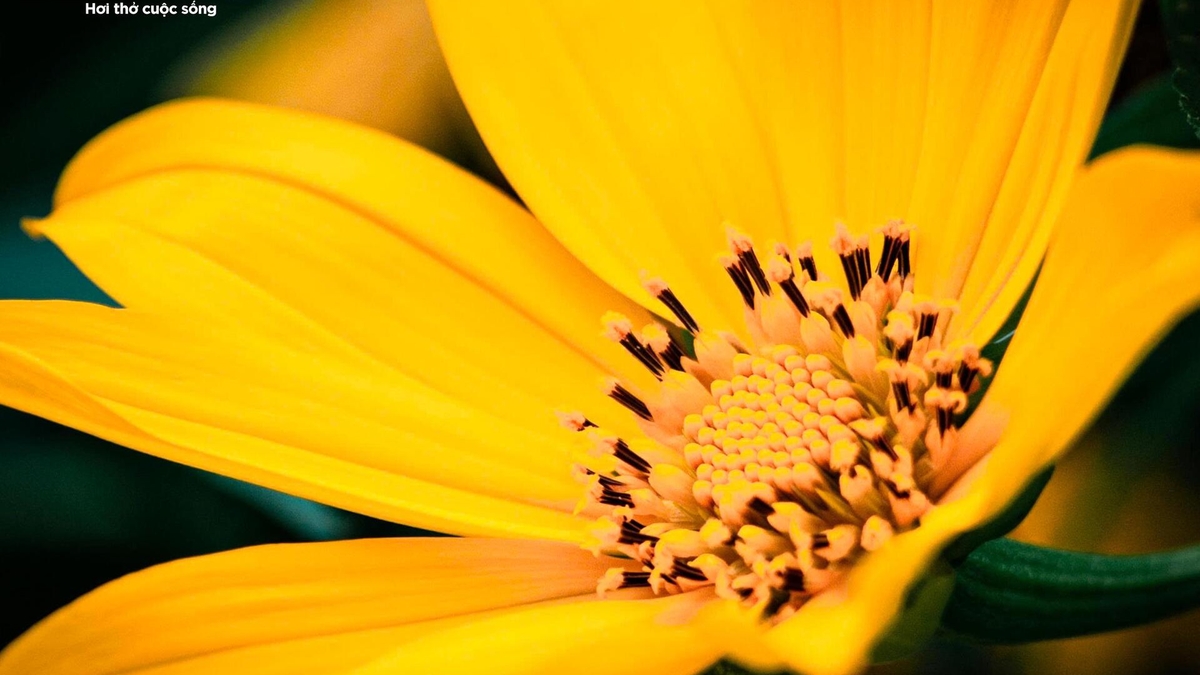


![[Photo] Closing of the 14th Conference of the 13th Party Central Committee](https://vphoto.vietnam.vn/thumb/1200x675/vietnam/resource/IMAGE/2025/11/06/1762404919012_a1-bnd-5975-5183-jpg.webp)








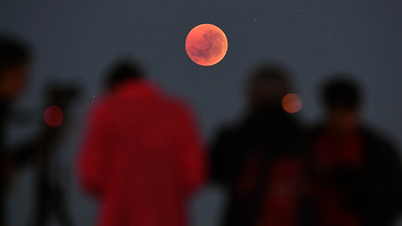


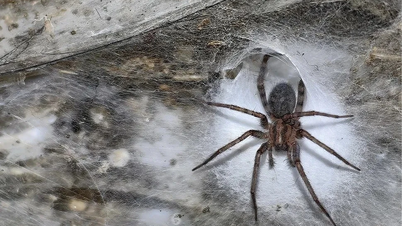




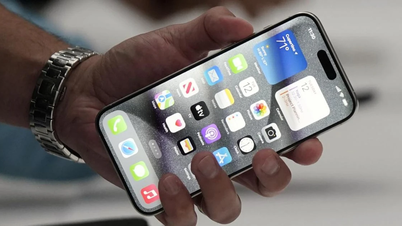






















































































Comment (0)